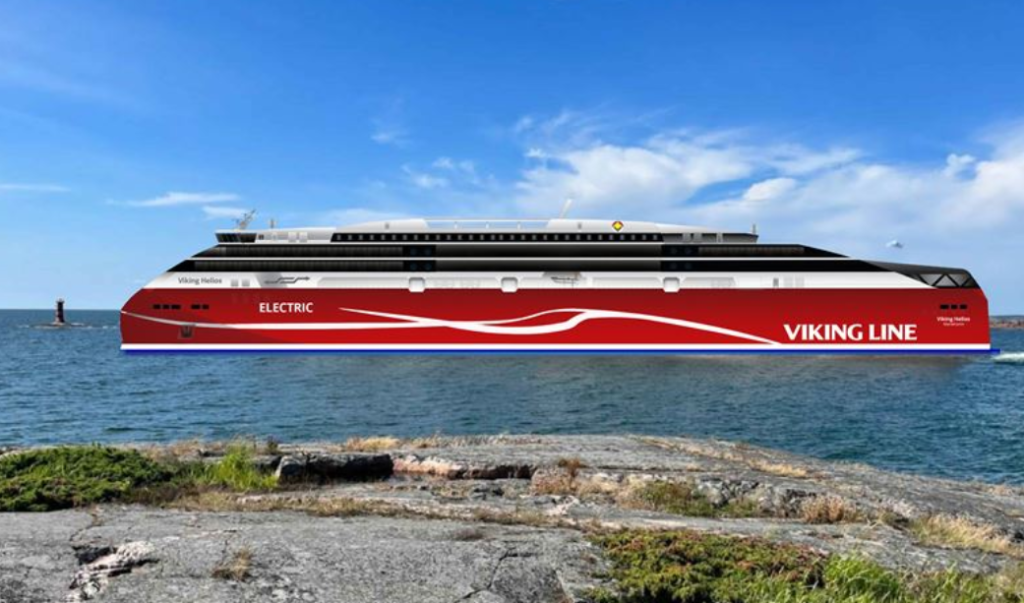Now Reading: Analyzing the Impact of 50% Tariffs on Aluminum and Steel
-
01
Analyzing the Impact of 50% Tariffs on Aluminum and Steel
Analyzing the Impact of 50% Tariffs on Aluminum and Steel

Stuart Burns is a writer at MetalMiner, which is recognized as the top metals-related media site in the US by third-party ranking platforms. President Trump has announced a hike in tariffs on steel and aluminum imports to 50%, aiming to protect the domestic industry while sparking concerns about the long-term consequences. The tariffs are seen as a bargaining tool for trade talks with other nations rather than a permanent strategy to safeguard US producers. There is uncertainty over whether these tariffs will be a lasting approach or if they will be reduced as trade deals are finalized.
At a rally at U.S. Steel’s Mon Valley Works–Irvin Plant, President Trump unveiled plans to double the tariffs on steel and aluminum imports from 25% to 50%. The increased tariffs, dubbed as “Trump Tariffs,” will come into effect on June 4, 2025, covering not only primary and semi-finished steel and aluminum but also derivative products containing these metals. While the move was welcomed by some domestic producers as a way to boost the US steel industry, the long-term impact remains uncertain.
Trump’s approach of using tariffs as leverage to negotiate trade terms has been likened to “bazooka diplomacy” by European leaders. This strategy aims to pressure trading partners into making concessions or policy changes rather than solely protecting domestic industries. It is anticipated that negotiations with key partners such as the EU, UK, Japan, and South Korea will lead to adjustments in tariff levels. The ultimate outcome may involve aligning tariffs with international norms, potentially resulting in lower rates in the future.
The true intent behind the Section 232 steel and aluminum tariffs remains a topic of debate. Whether Trump’s goal is to strengthen the domestic steel and aluminum industry for the long term or to use tariffs as a bargaining chip in broader trade discussions is uncertain. While promises of increased investment have been made by industry players, the sustainability of such plans hinges on the future trajectory of tariffs. The Trump administration’s emphasis on boosting domestic production suggests that some form of elevated tariffs may persist, even if not at the current 50% level.






